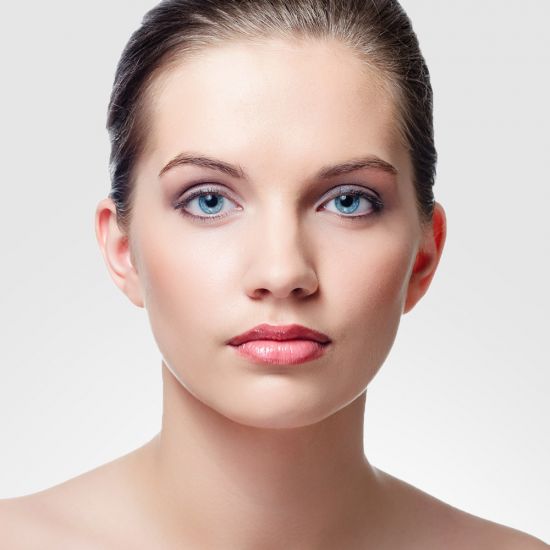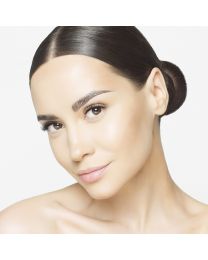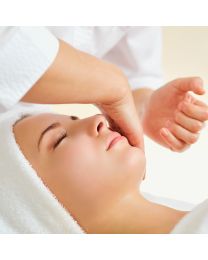Dermaplaning removes the micro-thin top layer of skin and unwanted facial hair and is ideal for those with oily skin, sun damage, hyperpigmentation, or bothersome facial hair. While sharp enough to scrape away hair and dead skin, the dermaplaning blade gently avoids nicks and cuts. The sensation compares to running a credit card along one's skin. This promotes softer skin texture as well as removing unwanted hair. Dermaplaning may also be combined with a facial.
Dermaplaning is a manual exfoliation meant to be performed primarily on the face. Also known as leveling the skin or blading, it involves the use of a sterile surgical blade, known as a dermatome, that gently scrapes away the top layer of problem skin. The dermatome is held against taut skin at a 45-degree angle and stroked in a manner similar to shaving.
This method removes the outermost layer of dead skin cells, leaving the skin smooth and supple.
Dermaplaning is usually only performed on the face and generally excludes any blading of the nose, eye lids, neck, or chest. It is recommended that the procedure be done every 3 to 4 weeks (or once a month), which coincides with a normal skin cycle of approximately 30 days.
Dermaplaning is wonderful for exfoliating the skin and for those that have peach fuzz on their face. It removes this along with dead skin cells, resulting in healthier looking skin. This treatment is great for someone who has sensitive skin or facial hair that does not respond to laser hair removal. Removal of this outer layer of dead skin cells and fine hair enhances the penetration and speed of your personal skin care regimen. It is great for priming the skin for a Chemical Peel.
After the treatment, your make up will go on better and your skin will be very smooth. This is a no downtime procedure.
| Benefits |
|
|---|---|
| FAQs | N/A |
| Treatment Type | Dermaplaning |
| Brand | None |
An initial series of 3-6 treatments is recommended with monthly maintenance.











